|




Email
us
| |
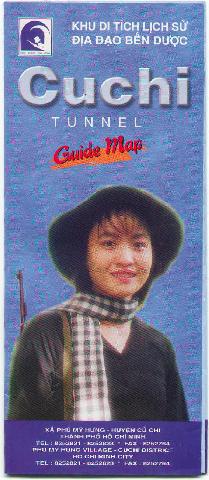
Photographs of the
tunnels
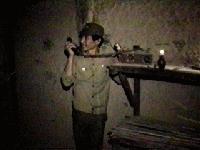
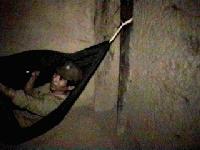
The camouflauged tunnel entrances:
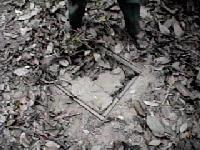
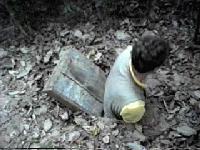

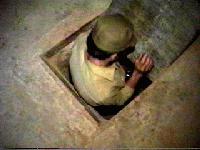
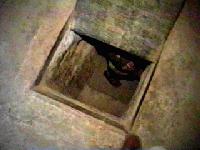
We were amazed by the long tunnels and how the Viet Cong
lived in the stuffy dark tunnels during the war. Our trip to Cu Chi was no only
informative and interesting, there was also some adventure in it. We all took up the
challenge to crawl through a 100m long stetch tunnel, in the dark, with the bats with only
our small torches. It was clastrophobic indeed but we managed to get out alive.... :)
Forward
| |
 The
strategically important tunnel network of Cu Chi District became legendary during the
1960s for its role in facilitating Viet Cong control of a large rural area only 30 to 40
km from Saigon. At its height, the tunnel system stretched from the South Vietnamese
capital to the Cambodian border; in the district of Cu Chi alone, there were over 200 km
of tunnels. The network, parts of which were several storeys deep, included innumerable
trap doors, living areas, weapons factories, field hospitals and kitchens. The
strategically important tunnel network of Cu Chi District became legendary during the
1960s for its role in facilitating Viet Cong control of a large rural area only 30 to 40
km from Saigon. At its height, the tunnel system stretched from the South Vietnamese
capital to the Cambodian border; in the district of Cu Chi alone, there were over 200 km
of tunnels. The network, parts of which were several storeys deep, included innumerable
trap doors, living areas, weapons factories, field hospitals and kitchens.
The tunnels were first constructed in the late 1940s by the Viet Minh: the improvised but
effective response of a poorly equipped peasant army to a high-tech
enemy. During the Vietnam War, the tunnels enabled isolated VC-controlled enclaves to
communicate with each other, and allowed the VC to mount surprise
attacks and then disappear without a trace. US frustration at their failure to destroy the
tunnels resulted in widespread carpet bombing, turning the area into what has been
described as 'the most bombed, shelled, gassed, defoliated and generally
devastated area in the history of warfare'.
Today, the tunnels are a pilgrimage site. Parts of the network are open to the public,
though they have been considerably enlarged and upgraded for peacetime visitors. The
villages of Cu Chi have been presented
with numerous honorific awards and citations, in memory of the 10,000 cadres who did not
survive the tunnels and the thousands of civilians who survived the bombings above ground,
the underground conditions and the deaths of loved ones.

Miss Kang experiencing the tunnels
The
Narrow and pitch black tunnels:
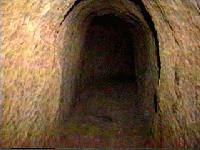

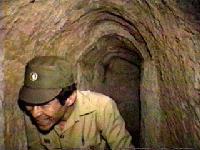
|